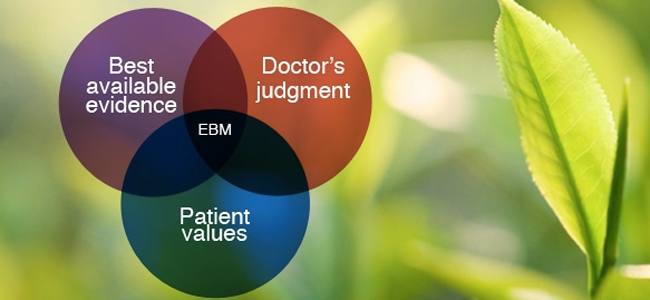
The Big Statistic in Evidence-Based Medicine - The Flying PHD
When you’re a doctor who has to get kids to snooze through an operation you need a few skills. You need a repertoire of kids’ songs and a few stories to make having a mask hover over your face seem vaguely logical. You need to be able to tolerate a wide range of musical tastes amongst your colleagues. Even Phil Collins megamixes. It is also useful to be able to apply a knowledge of related bits of medicine, evidence particular to the area you work in and an ability to apply that to the needs of the patient. That is, after all, the core medicine bit.
Successfully integrating evidence into practice is defining for a doctor’s career and the way they view themselves as a practitioner. From the first bright-eyed lecture of my training, evidence-based medicine (EBM) has been the driving philosophy for doctors. As a student at first this seems pretty simple. You have a patient, they have a thing that is going on. That thing has been explored by people who know about things. They have suggestions for what you do when that thing is the problem. You apply those suggestions. You have done evidence-based medicine [high five for the super rational doctor].
It doesn’t take long to realise it is much harder than that. The broader state of play with evidence-based medicine is constantly under discussion (as in this excellent article by Greenhalgh et al). The most prominent early definition of evidence-based medicine from David Sackett et al. described a practice of “integrating clinical expertise with the best available external clinical evidence from systematic research”. It also was noted to be about applying the evidence to the care of individual patients.
Continue on The Flying Phd


